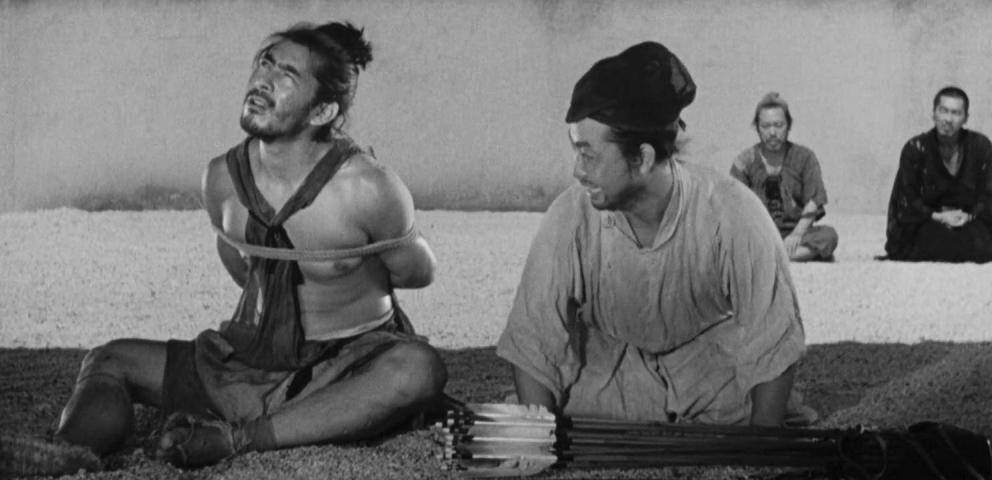Director Sydney Lumet (12 Angry Men, Network) called Akira Kurosawa ‘the Beethoven of filmmakers’. With more than 50 years of films behind him, Kurosawa left a legacy in filmmaking whose reverberations in modern cinema are still being felt today. He directed some of what are agreed to be the greatest films of all time and at least one of his films is bound to show up on any notable film critic’s all-time favourites.
One of those critics is Australian national treasure David Stratton, whose 10-plus years of onscreen sparring with fellow critic Margaret Pomeranz were a weekly presence in the living rooms of many homes. To celebrate his love for Kurosawa’s work, Stratton, along with the Sydney film festival, Australian Centre for the Moving Image (ACMI), the National Film Archive of Australia (NFSA), and The Japan Foundation, are presenting Essential Kurosawa: Selected by David Stratton. Many of the screenings will be projected on 35mm and the program will take place in Melbourne at ACMI, from 25 May to 8 June.
To whet the appetites of film fans and students of Kurosawa, read the Plus Ones’ primer for three of his most essential films in the program.
Rashômon (1950)
One of Kurosawa’s earliest masterpieces, Rashômon is the one that put him on the cultural radar of so many cinephiles. Taking place in 9th century Kyoto, it’s a classic murder mystery with an unusual setup. A nobleman is murdered, his wife raped, and the story of the crime is recounted four times by the film’s end, from different points of view.
US film critic Pauline Kael called it ‘one of the great film experiences’ which demonstrates ‘the terrible unknowability of truth’. It demonstrates Kurosawa’s willingness to toy with narrative and his impeccable editing skills (he edited all his own films), and is a fantastic way in to his later works.
Seven Samurai (1954)
Seven Samurai is arguably Kurosawa’s most well-known and beloved work. Having inspired countless other films including both versions of The Magnificent Seven (2016 and 1960), the film is an exercise in tension and masterfully filmed fight scenes.
Seven warriors are hired to protect a village which will soon be ransacked by bandits. When it was first released, Western audiences saw a heavily cut-down version of the film, but the original three-hour epic has since been released, allowing audiences to see the intimate characterisations of the samurais and complex themes the film delves deeply into.
Ran (1985)
An adaptation of Shakespeare’s King Lear, Ran is a colour film that transposes the play’s plot to 16th century Japan. In Kurosawa’s film, the kingdom Lear originally divided up among his daughters his divided up between three sons, who are corrupt, and they devolve the kingdom into chaos.
Kurosawa was 75 years old when he shot this grand epic around the site of an active volcano. Popular British critic Mark Kermode says that the film works on a visual spectacle ‘that actually manages to tell you something new about Shakespeare’. Given the myriad adaptations of the playwright, this is no easy task.
Kurosawa is necessary viewing for anyone interested in film. Stratton and co. are performing a great cultural service by showcasing his works– this is something not to be missed for the cinematically inclined.
– Tom
Tom Bensley is a freelance writer in Melbourne who reviews anything he attends, watches or reads. It’s a compulsion, really. Follow him @TomAliceBensley.
Essential Kurosawa: Selected by David Stratton is running from 26 May to 4 June at the Australian Centre for the Moving Image (ACMI). The venue is wheelchair accessible.
Disclosure: The Plus Ones’ were invited guests of Cardinal Spin.
Image credit: IMDB





